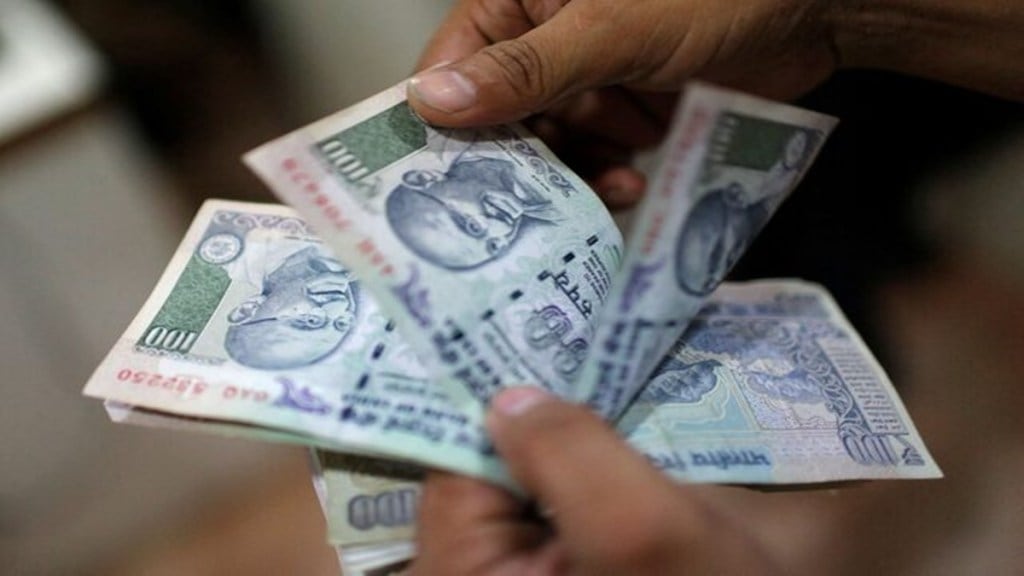The Centre has transferred assorted subsidies and sops to the beneficiaries through the Direct Benefit Transfer (DBT) worth about Rs 2.3 lakh crore in the first half of the current financial year, reflecting the slow pace of government spending due to general elections and late full budget presentation.
These transfers are trailing last year’s achievement trend. Until November of FY24, the transfers were to the tune of Rs 3.3 lakh crore.
DBT transfers reached a record Rs 7.16 lakh crore in FY23, largely due to the free grains scheme and higher subsidies on fertiliser due to price rises. Going by the trends, the DBT in FY25 could be lower than Rs 6.91 lakh crore in FY24.
Given that the full Budget was presented in July, many new scheme rollouts were delayed including the new or revamped schemes like Pradhan Mantri Awas Yojana-Gramin (PMAY-G) and Urban (PMAY-U), the scheme for the productisation of Indian technology and employment-linked incentives.
Of the DBT transfers so far in FY25, Rs 1.49 lakh crore or 65% was in kind and the balance cash transfers to Aadhaar-linked banks accounts.
Subsidies worth Rs 73,081 crore were transferred towards subsidised fertiliser so far in the current financial year while subsidies worth about Rs 66,555 crore were transferred to beneficiaries via foodgrains under the public distribution system (PDS).
Around Rs 36,002 crore have been transferred for job guarantee scheme (MGNREGS) so far in FY25 and Rs 7,010 crore for subsidised cooking gas.
For Pradhan Mantri Gramin Awas Yojana-Rural (PMAY-R), a paltry Rs 3,466 crore has been transferred in H1FY25 compared with the budget outlay of Rs 54,500 crore for the full year.
DBT for most of the central government schemes (313) resulted in Rs 3.5 lakh crore savings due to plugging of leakages between FY15 and FY23.
More than 138 crore beneficiaries for different schemes are registered under various DBT schemes as of September 2024.
The DBT-induced savings gave the managers of government finances significant headroom to improve the quality of spending and offer additional welfare benefits to deserving beneficiaries, without constraining the exchequer too much.

